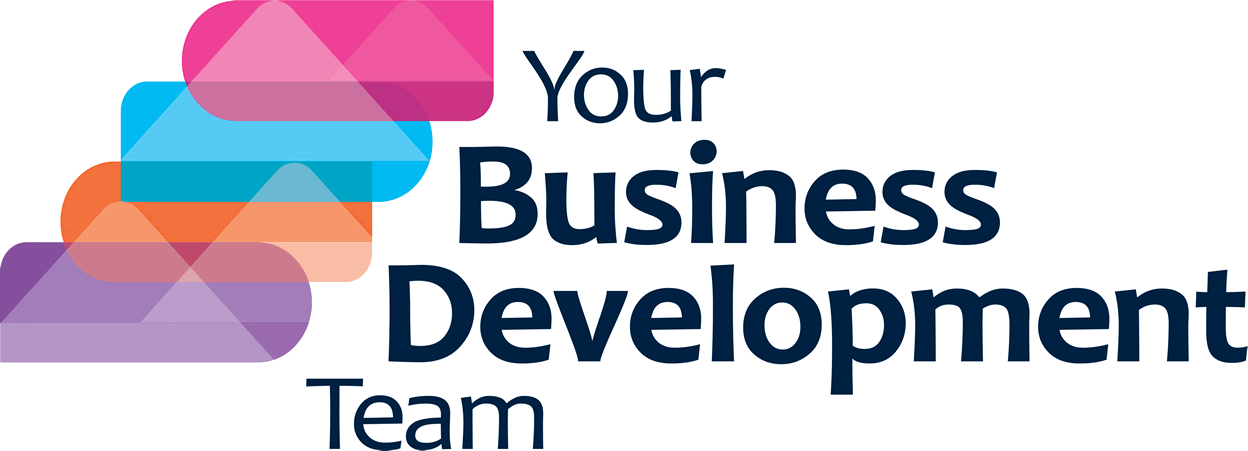The customer’s buying journey was historically seen as a straight line, with perhaps a few twists in it. The client arrived at the start and left at the end of the process. Contrary to this belief, several factors mean that you can’t assume that your clients’ progress through your sales process will be linear:
- Customers are complex and unpredictable.
- They are influenced by a variety of factors, including their needs, wants, emotions, and experiences.
- Many of the customer experiences in the B2C world are now influencing behavior in B2B settings.
Customers have more information and choice than ever before. Thanks in part to the easy availability of information and comparisons online, customers can easily research products and services from multiple sources before making a purchase. This gives them more control over the buying process and allows them to move back and forth between different stages of the buying process at their own pace, often with multiple potential suppliers. A customer who is new to a particular product category may need to spend more time researching and learning about their options, before committing to later parts of a sales process.
External factors can also affect your clients’ willingness to make the buying decision. Unexpected events, such as a change in market circumstances or other reasons why budgets would reduce will alter their ability to buy. Many purchases can be quite complex. Personally, a car or a house, or in business, a capital spend may mean that customers go through a longer and more involved buying process. They may want to gather more information, compare different options, and negotiate with sellers. This can lead to a more non-linear buying journey, as they may find themselves involved in different stages of the sales processes of several vendors.
All this means that your sales process has to be sophisticated enough to provide content and support at every stage of the journey. Make sure that customers have access to the information they need at each stage, whether they are researching a product, comparing different options, or making a purchase decision. Collect data on customer behaviour and use this data to refine your marketing and sales strategies. Above all, be responsive to customer feedback. Listen to what your customers are saying and use their feedback to improve your products, services, and customer experience, and those of your competitors.
We all need to be aware of the non-linear nature of the customer buying journey and adapt our marketing and sales strategies accordingly. This means being present on the channels that your customers use and providing them with the information they need at every stage of the journey. It also means being flexible and responsive to customer needs, even if it means changes to your own internal sales processes.
Work with YBDT to create a clear structured sales process. We will give you the overarching plan that touches each part of the customer journey. Using our team of experienced professionals to support your implementation of that plan will ensure that you have the best opportunity to convert prospects to loyal long-term clients. YBDT’s business development process has supported sustainable development for countless companies over the last decade and a half. Get in touch to book a discovery call today and book the call that starts your journey to growth.










